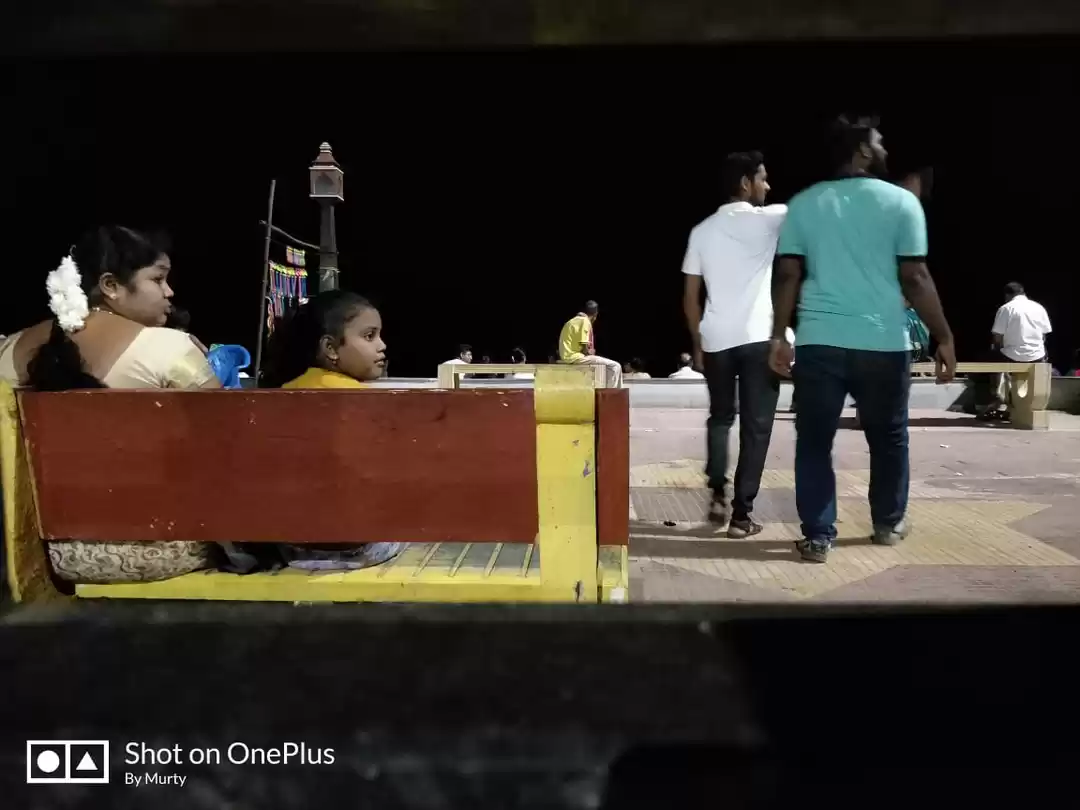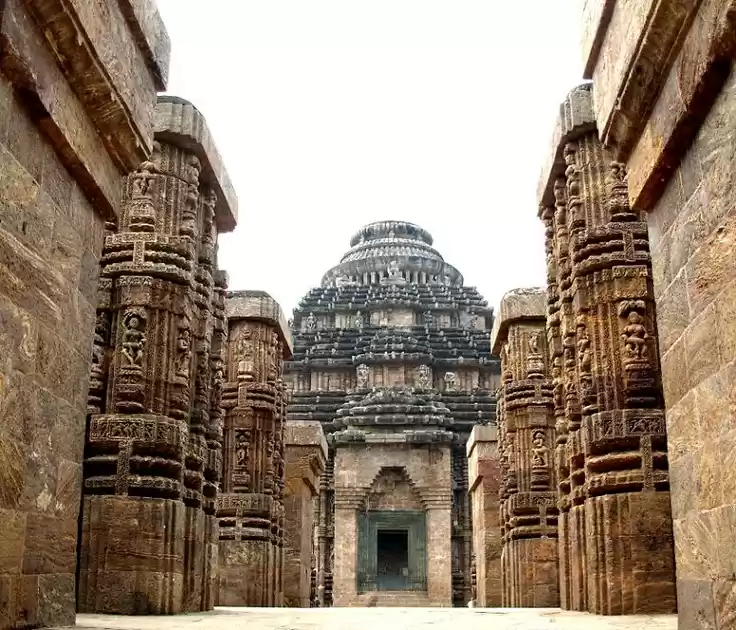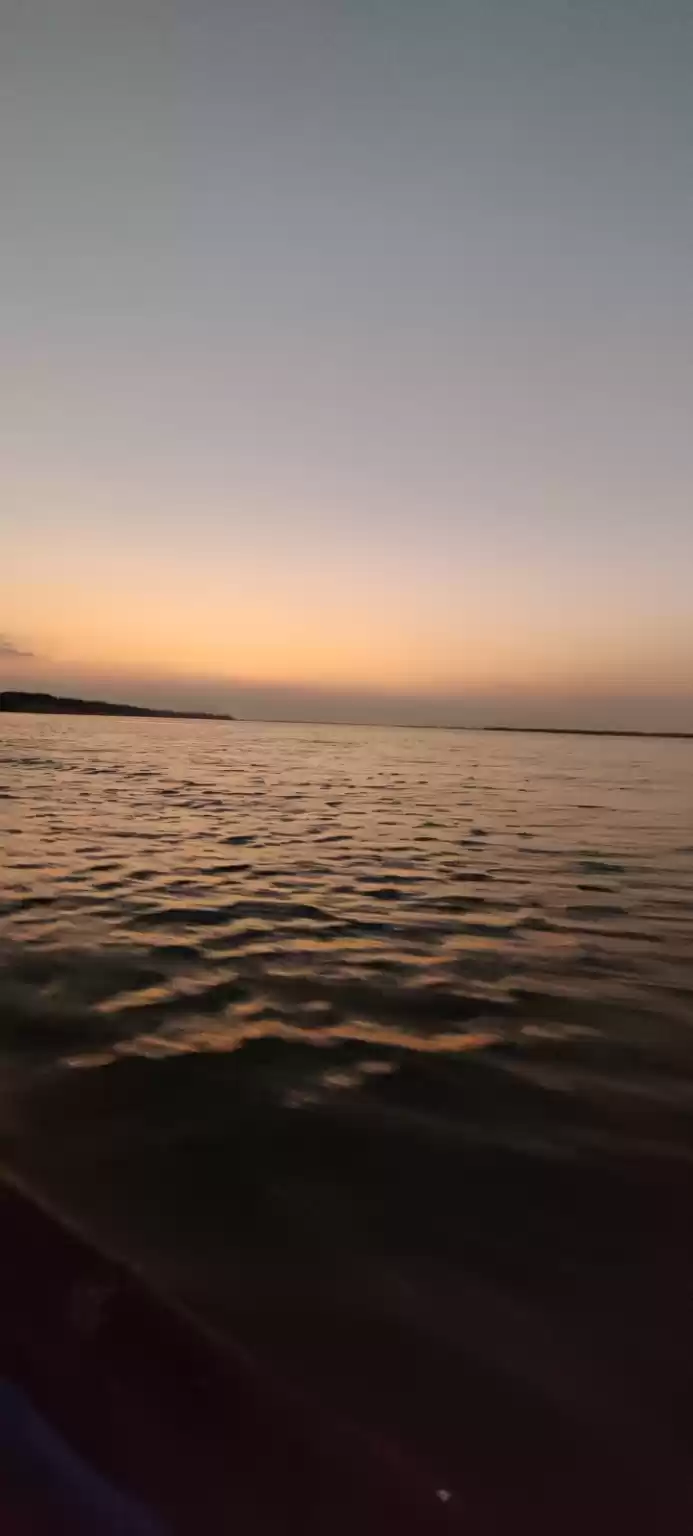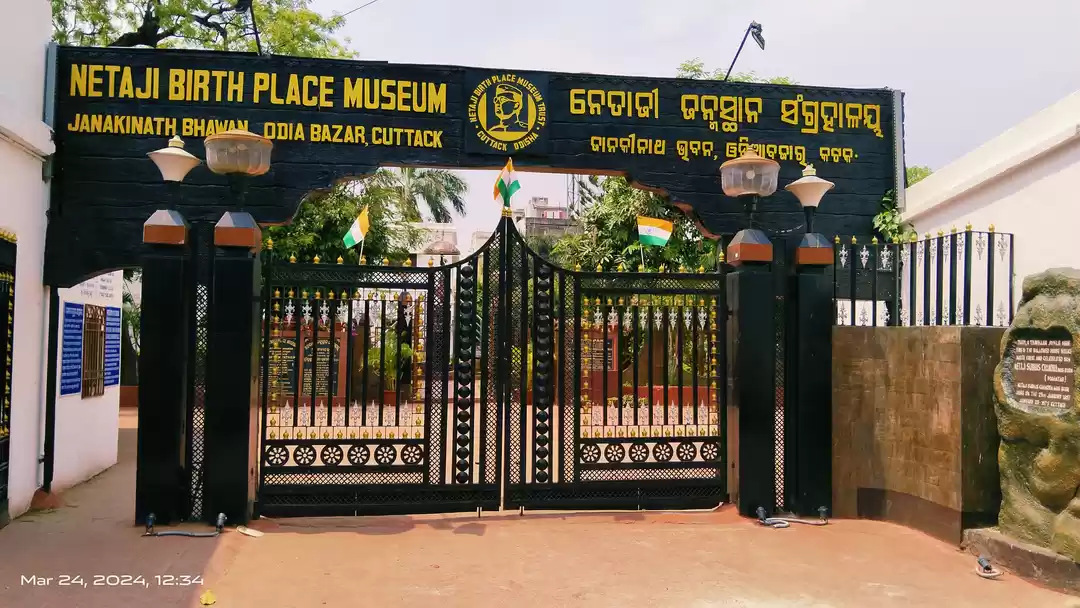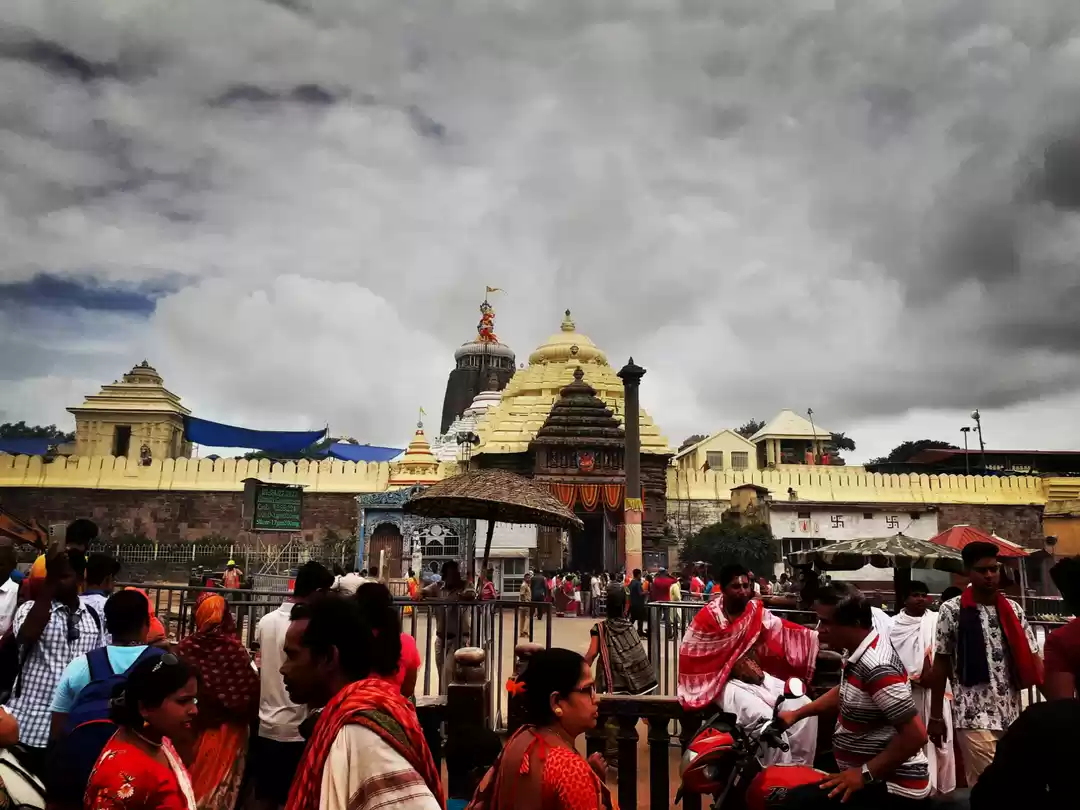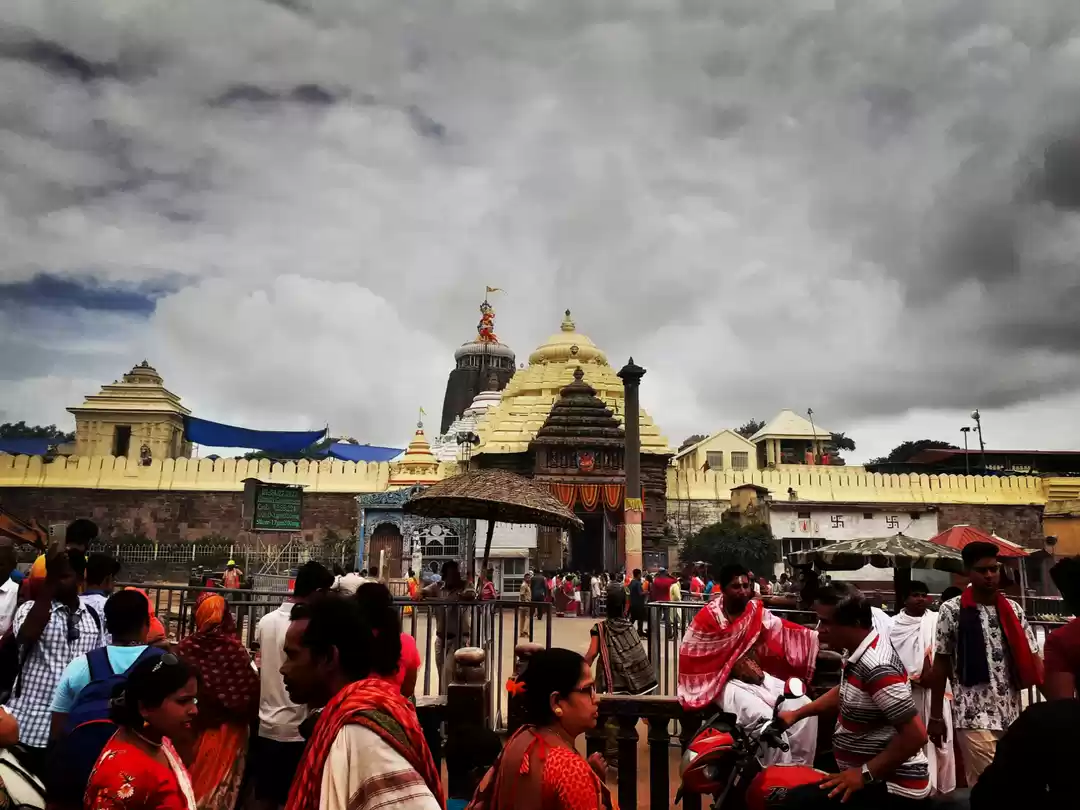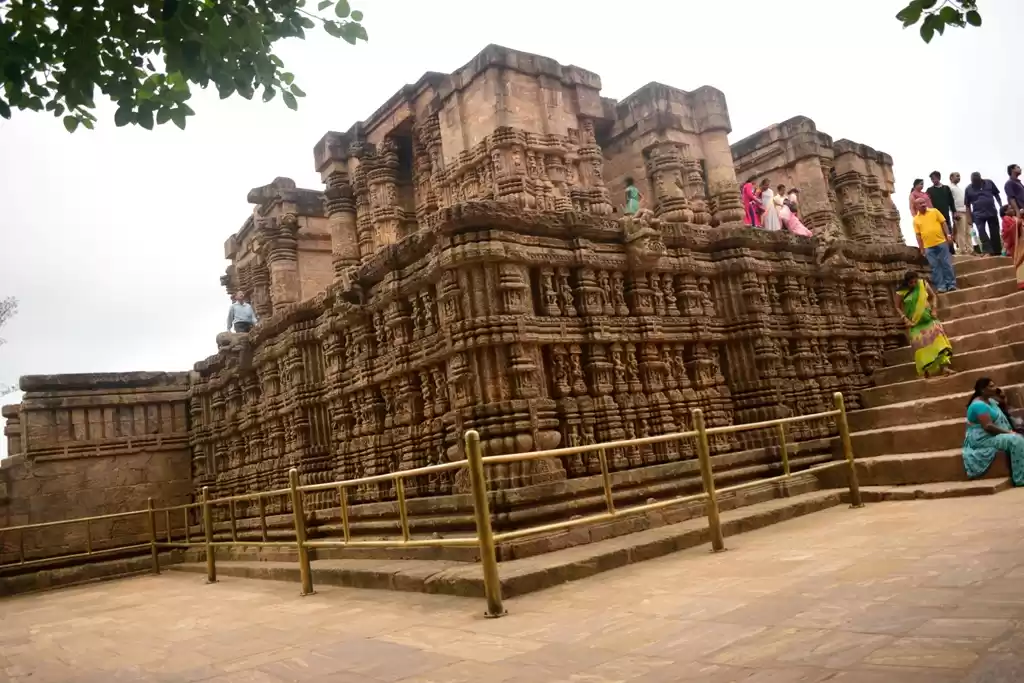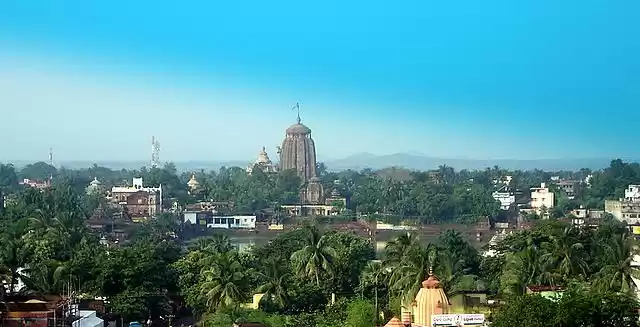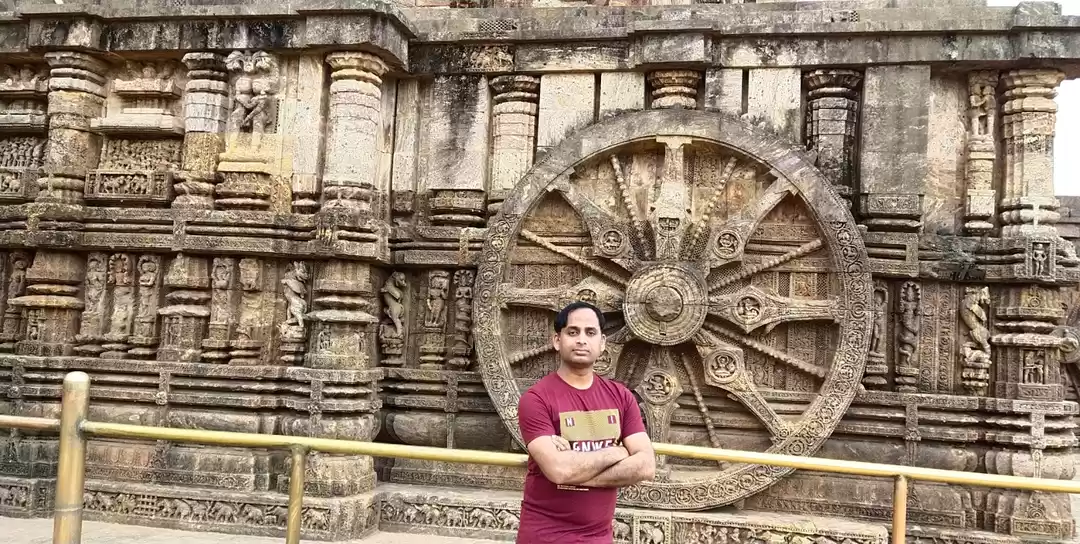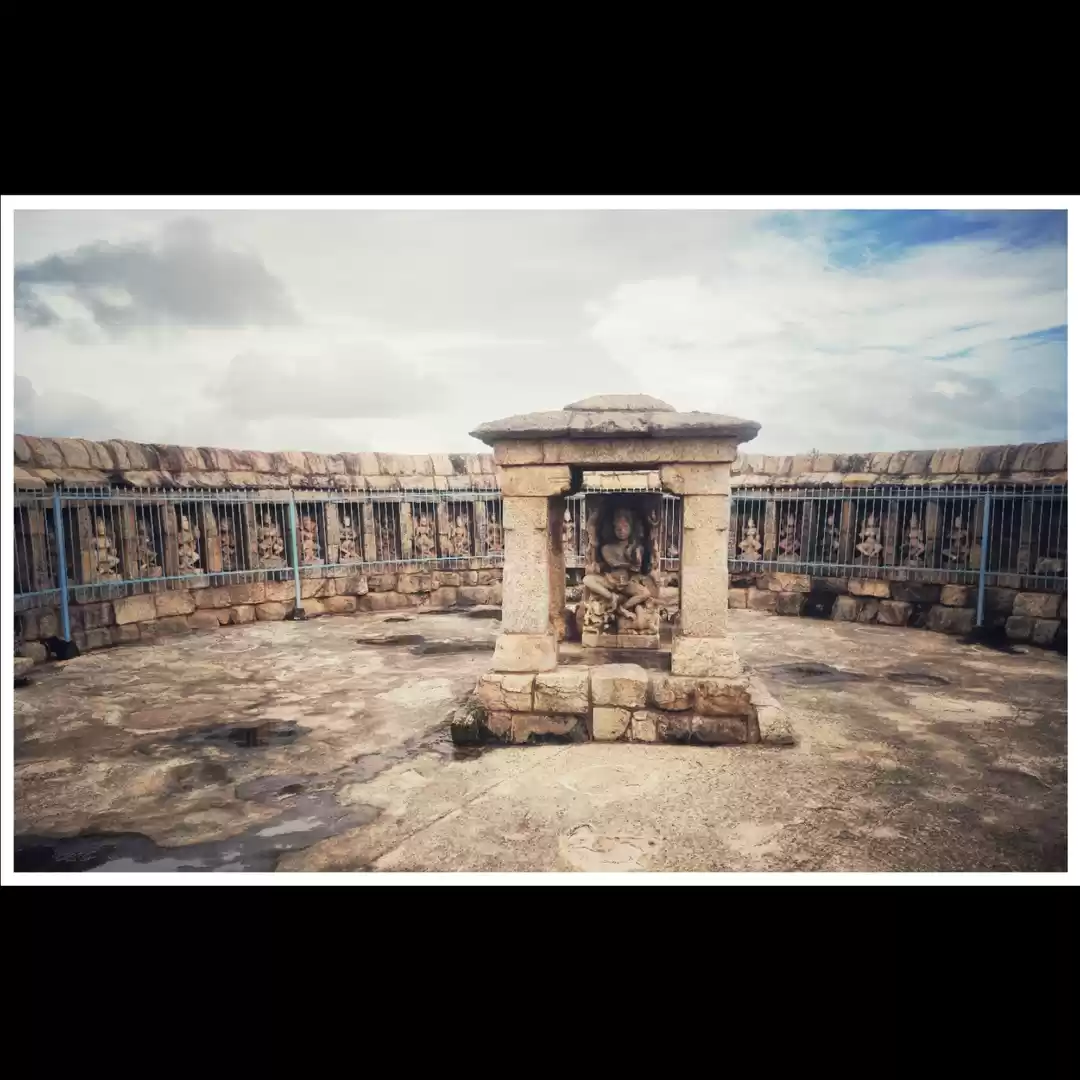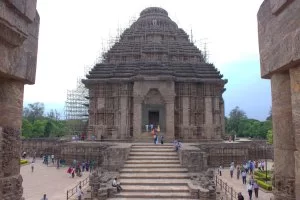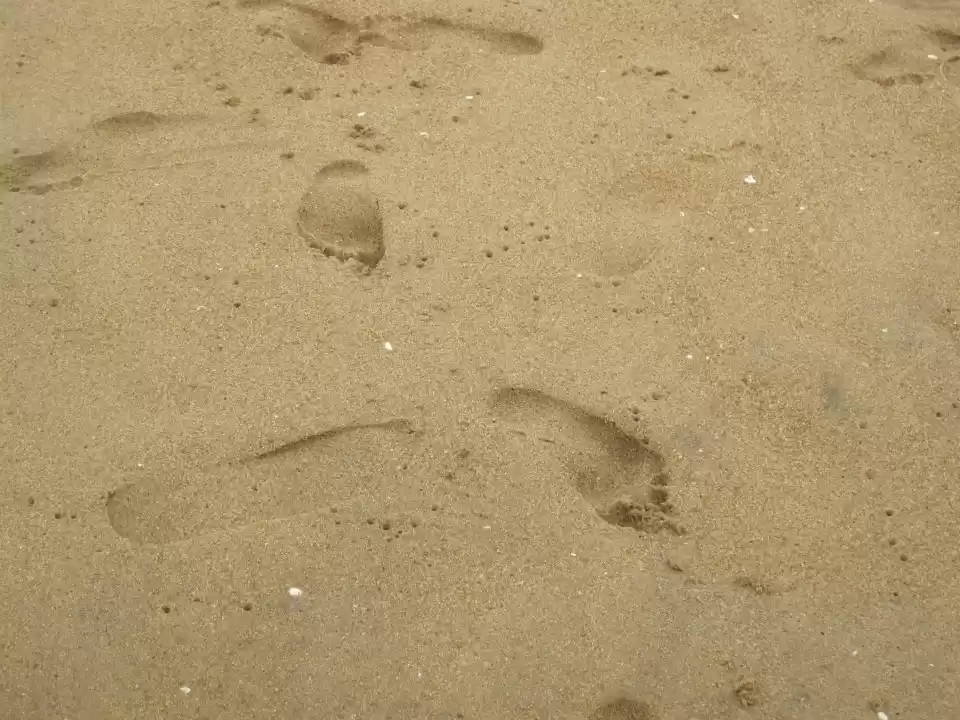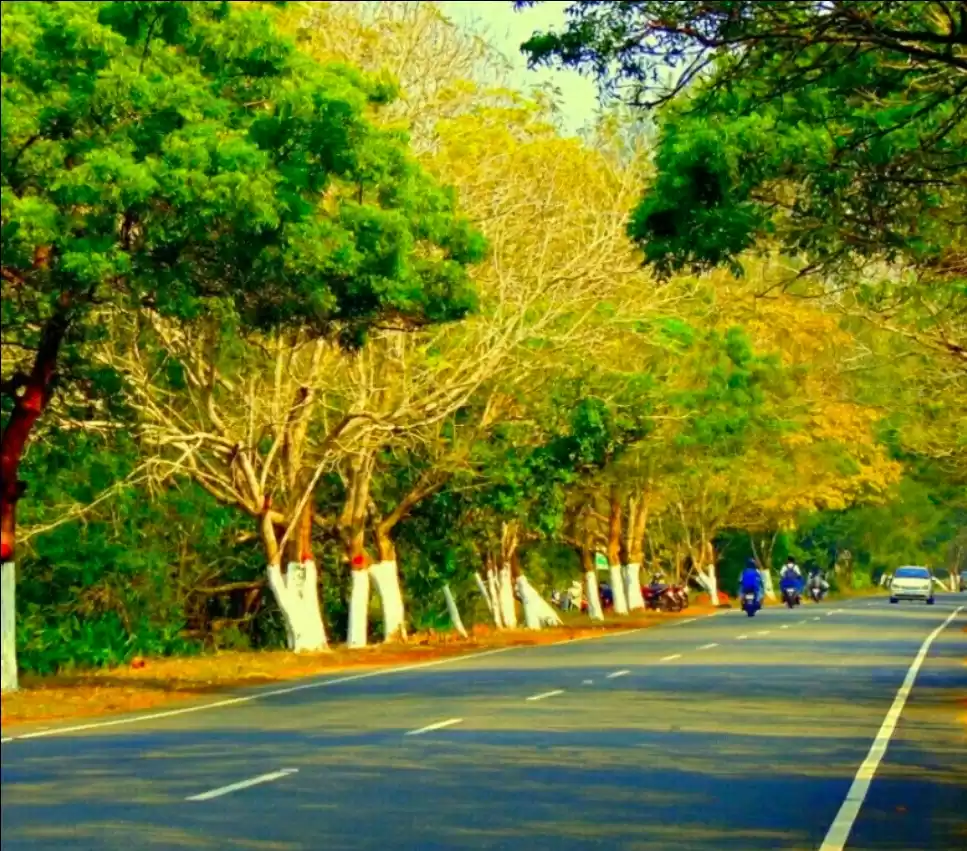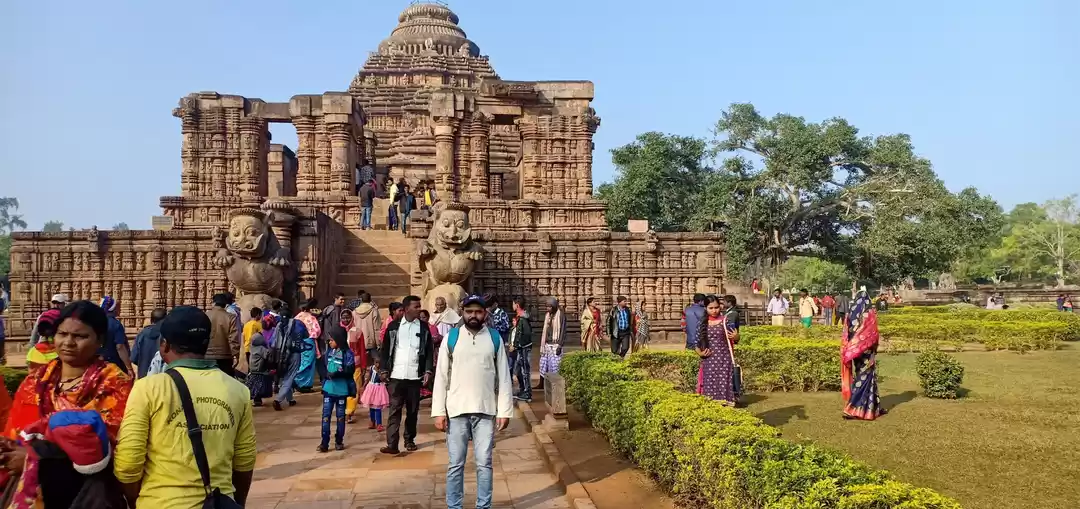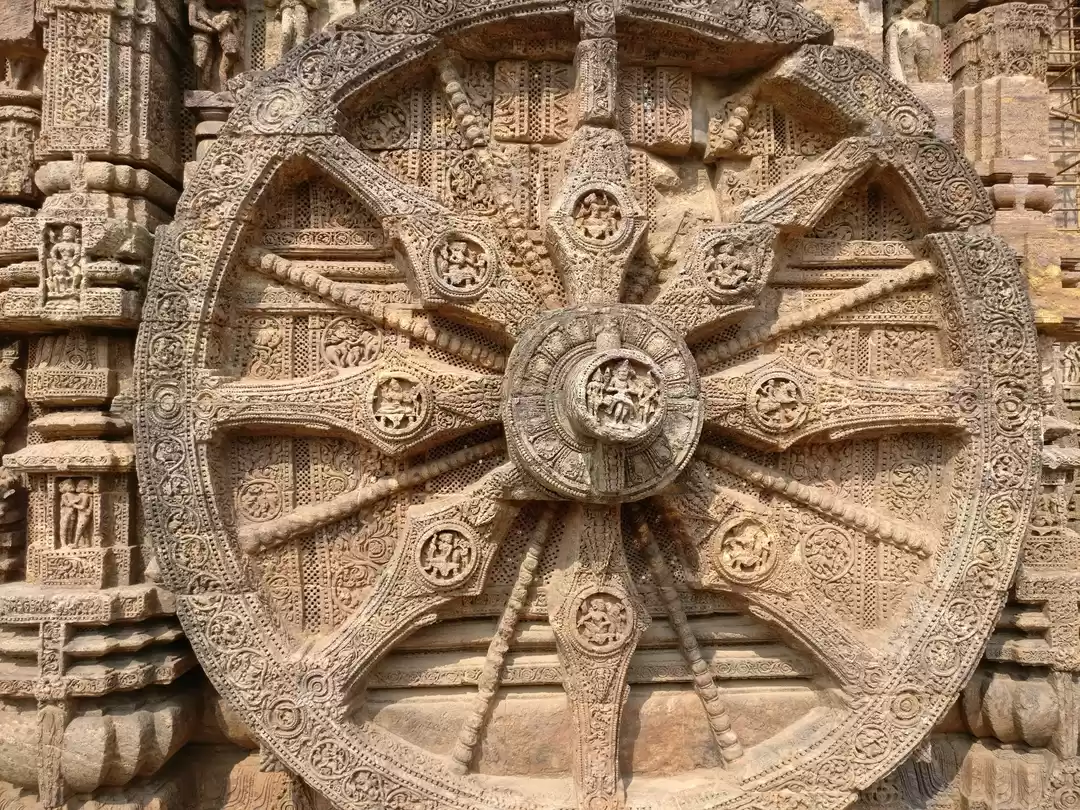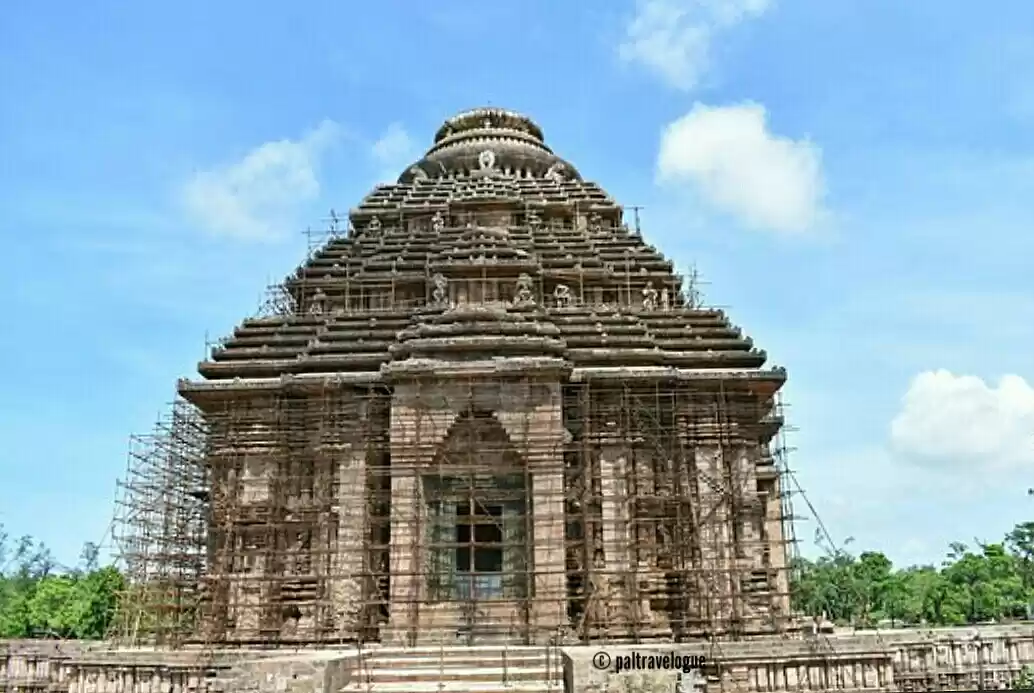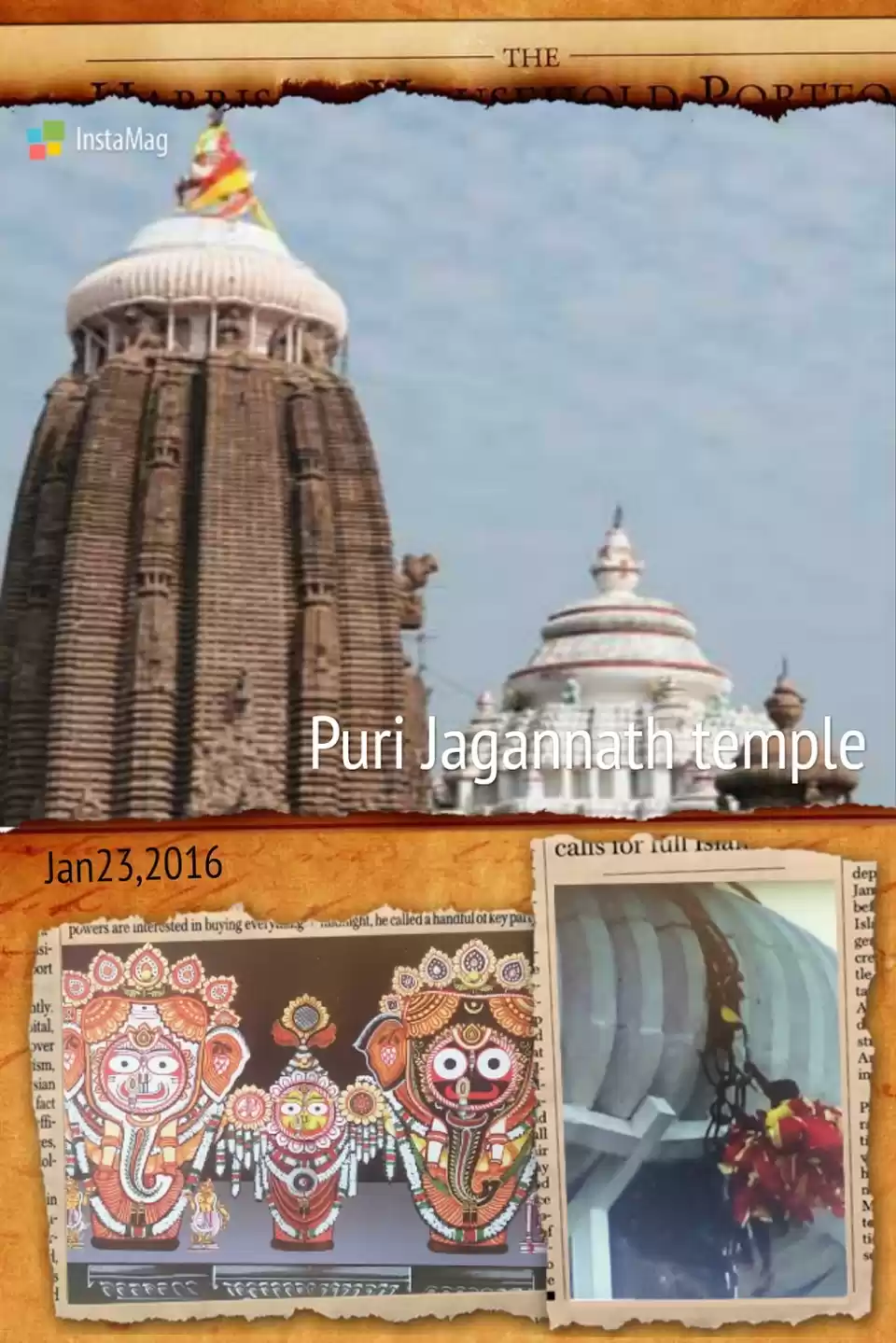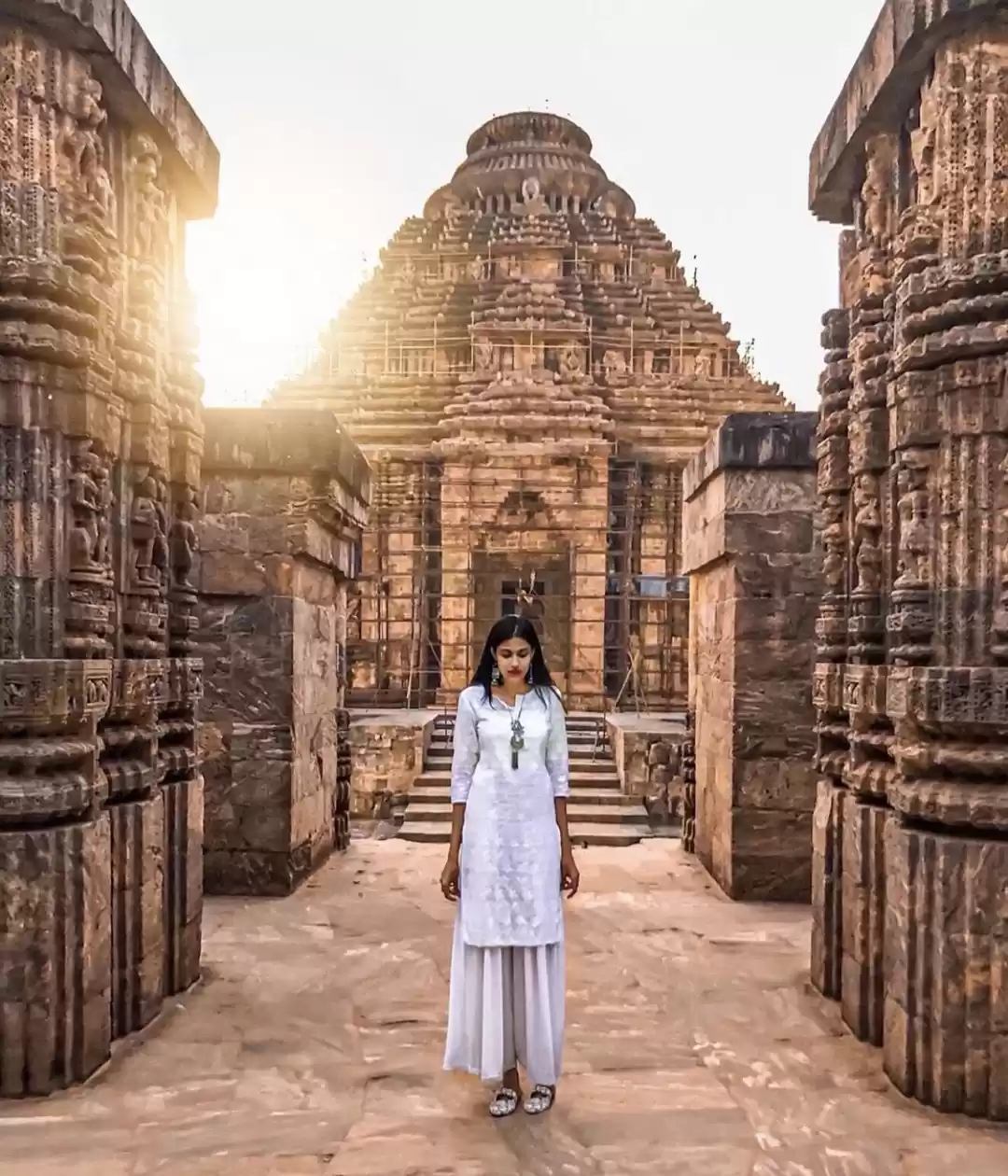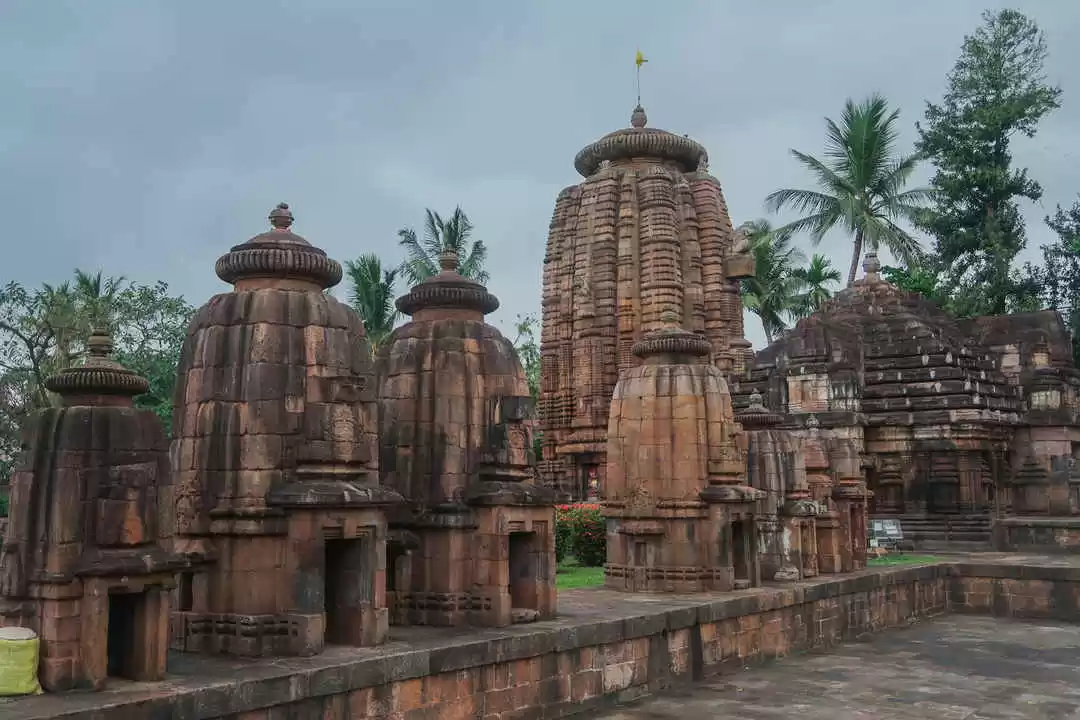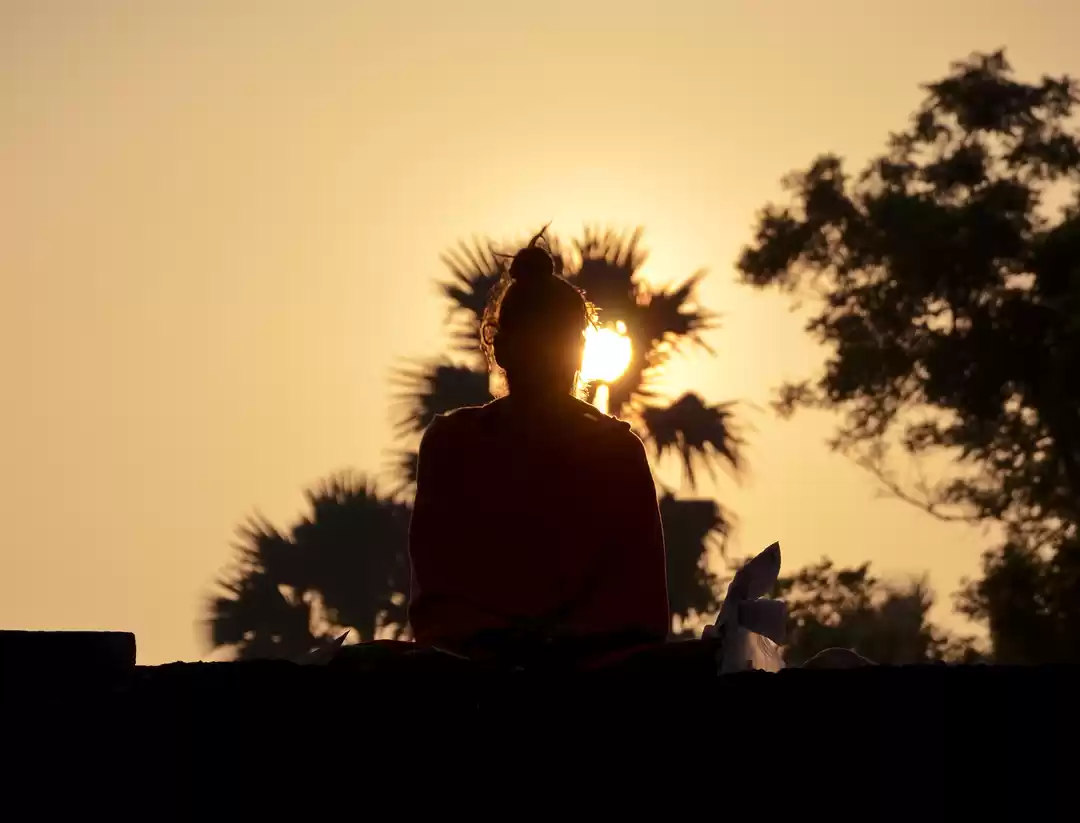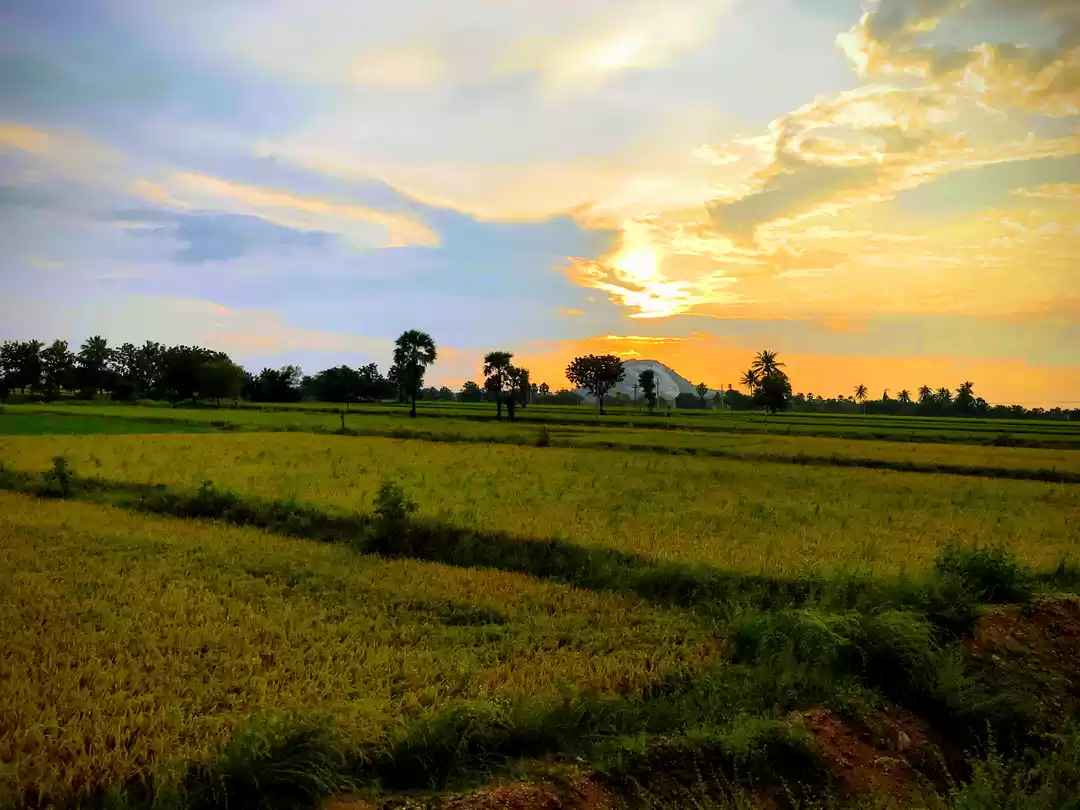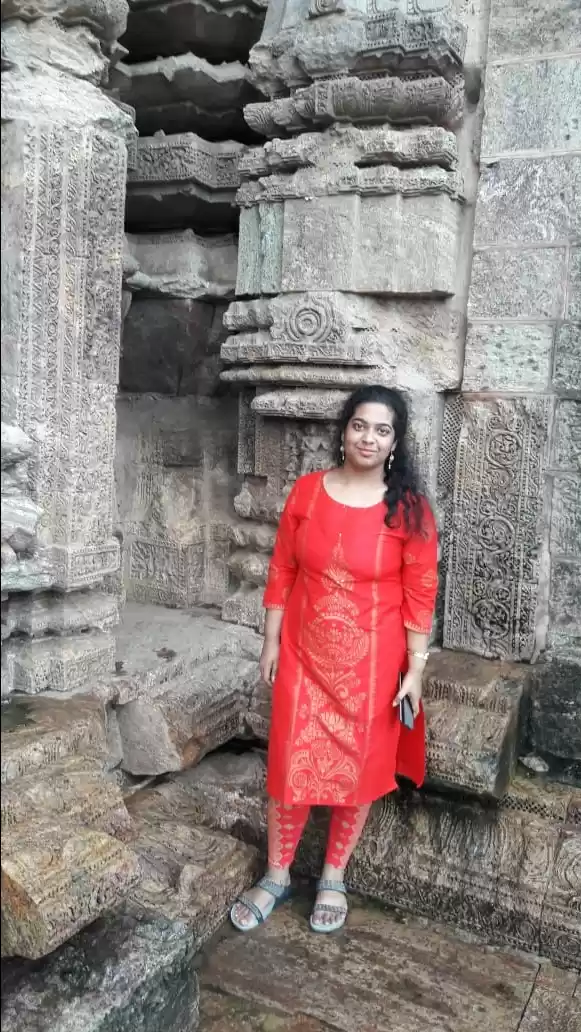I was never interested in history when I was in school; however, as I am getting older, I have picked up the liking for the subject.
Probably, I will attribute my initial dislike to history to teacher the way she taught it. She used to make us read the chapters only to remember exactly whatever she asked us to write, so we read them by heart to get good marks in the exams. We used to bend upon the sheaf of papers, with disinterest, pan faced, held those hand written notes and if at any point we missed; she grimaced her face, and screamed that we all will get a big zero in the written test. So, I was scared of it and continued.
Well, things changed over time when I started my journeys to visit places. Started reading the background of the place, how the people in those days lived, behaved, and interacted. The most interesting part of the visits, are when I look at the monuments, the forts and the architecture with complete astonishment ...how on earth could they build them with such accuracy without computers, engineering tools available today...probably took days to create them.
One such structure is the Konark temple in Odisha or Orissa state in India, very near to the sea beach.
We were making a 3 day trip hopping across Puri, Bhubaneswar, the capital of Orissa. Primary aim was to dive in the sea to get thoroughly soaked in the crashing sea waves and also to see few edifices that are present.
With this intent in mind, we turned our Swift towards Konark, and proceeded along Puri-Konark Marine drive to cover the 35 kms. Just like any temple town in India, Konark is configured similarly with loads of handicraft shops, stalls selling stone items catering to the visitors who wants to take a section of Konark as a memento.
We parked the car and walked almost half a kilometer and entered the temple complex.

Konark is different. No deity is present, so no worshiping is done.
Our objective was to see the brilliant Kalingan architecture, and the meticulously rock cut impressions of human figures. The architecture still standing tall against the elements of nature. Of course, on closer inspection, we did see the sandy air from the sea had obliterated and eroded the figures. Not sure, if the future generation can see what we saw.

To see this exquisite and vivid sculpture curved out of a type of metamorphic rock called, Khondalite, we start our walk to the Konark temple complex.
The weather was hot and even in the late afternoon, the sun's rage did not lesson and we were sweating. With water bottles, being our constant companion, we started our rocky journey. To get the exact history, we hired a local guide, who explained us few of the temple features.

What he told us amazed us beyond words. Not sure what he said is true or not. This temple dating back to near about 1250 AD, built by king Narasimhadeva I of Eastern Ganga Dynasty was created by very advanced people indeed. The guide indicated sculptures of women who are seen wearing long skirts what we see today. The lady was holding a vanity bag with cosmetics of olden days, made purely from natural substances,

We saw few figures of women holding a mirror to see herself, another one combing her hair while wearing high heeled shoes. Imagine in those days, the fashion seen today was very much prevalent.

The Konark temple is like a chariot and if you see it from its eastern entrance, you will come across two big lions straddling an elephant beneath which are known as 'Simha gaja'.

A flight of stairs lead up to a wide opening where dance festivals are held. The courtyard opens inwards into the temple entrance.

We took a full 360 degrees tour around the temple and saw 24 wheels or sun dials made of rock ingrained on the periphery of the main structure. There are 7 horses that are pulling this chariot temple.

Each wheel is an hour of a day and each horse is a day of the week.

Now comes the most interesting facts of this structure..The guide pointed to all the joints and continued his oratory. We saw those cracks or the holding sections of rock over which motifs are made are held with a metal clip. All these joints along with these clips were kept in place by a very powerful magnet which was kept on the temple top. The magnet held the temple in shape for decades.
The guide told us that ships passing through the ocean faced challenges by this magnet as it pulled the compass magnet onboard the ships and gave the sailors incorrect reading.

The sun dial that we saw has 8 circular curved pieces and each has a sculpted activity of a day to day daily life depicted. The top most point is midnight and when we saw it anticlockwise, various figures are created which shows what time of the day it is..like a woman in a night time activity meant it is deep in the night, a lady with her outstretched hand on top, meant she just got up, so on and so forth..

Let me try to explain what I remembered and learned ...

There were beads curved on the wheel, placed at intervals. What the guide showed us is - he put his finger at the center wheel...and asked us to examine where the shadow of the index finger fell and that way the time can be calculated. This way the accuracy of time used to be measured by the position of the sun and where or on which bead the shadow of the finger fell. Just imagine the level of knowledge the ancient people used.
Even today, the sun dials created 760 years ago or more still show the time with Swiss accuracy.
It would be wiser if you go prepared by explaining your audience what this temple carvings are based on. An abundance of figures displaying eroticism is seen on every nook and cranny of the temple 's outer surface.

When it was 4.30 pm, and sun was pretty much aligned in the west to dip down, we saw the sculpted form of the sun god, the secondary statute getting full illumination from the sun rays and glowing. The temple is built on a east-west axis and both the entrance and the exit points glow with warm and soft sun rays, once in the morning and once again in the late afternoon...after all this temple is dedicated to the sun god ' Surya' and positioned such that sun washes, Konark with the rays. every day.

There exist another old concept, which the guide told us. The temple is divided virtually across three time phases..When the sun rays fall in the morning, the first rays falls on the primary statue of the sun god and that area which gets illumination means the young age of a person, young and agile, when the sun climbs far above, the area of the temple it lights up is the youth of a person, the middle life and when in the afternoon, the sun goes to the west and the rays dim down, that indicate the old age of a person. So, the early morning and sun set of a day is equivalent to the life, birth followed by youth leading to old age.
We also learned that after the main deity was removed, the temple was filled with stones.

I will recommend everyone to visit this monument to see the architecture, and of course between late November and mid February to avoid the sultry heat of that place.
The precision with which the rock carvings are done by hand parallel the level of quality probably you may see if done by laser technology.

After we had our eyes filled with the images of this paramount level of human creation, we get behind the wheel and gun the engine to return to Puri.

Hope you enjoyed the ageless creation of ancient people where we see the fusion of both technology and creativity.
Trip first published on The Voyager



